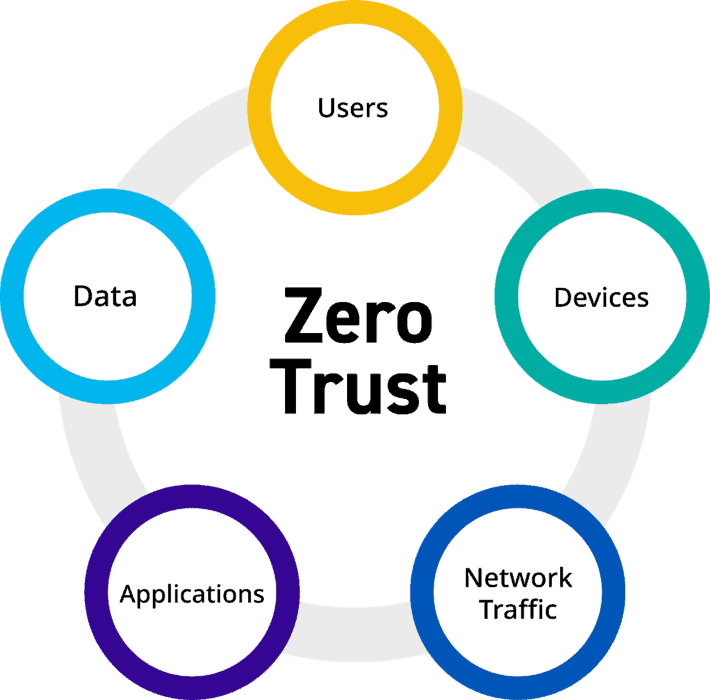With the world undergoing technological evolution every day and arriving at the post-pandemic age, it is apparent that data security has become more relevant than ever. As such, companies require a more reliable security model that protects both the people and the data. This is where Zero Trust comes in.
What is Zero Trust?
At its essence, Zero Trust functions on the main principle that everything is a threat that must be verified before gaining access to anything in the company’s databases. It is upheld by three pillars:
- All entities are untrusted by default
- Least privilege access is enforced
- Comprehensive security monitoring is implemented
Why Zero Trust now?
According to Verizon’s 2022 Data Breach Investigation report, 70% of breaches involve credential theft and phishing. Even though companies do experience zero-days or other vulnerabilities within the security system being exploited, most data breaches can be attributed to the human element.
In addition, several data breaches such as the SolarWinds and Colonial Pipeline incidents have prompted federal agencies such as National Security Agency (NSA) and United States Office of Management and Budget (OMB) to share more regarding the topic of Zero Trust.
However, the most important driver of Zero Trust can be attributed to the gradual shift towards a remote workforce in companies during the pandemic. We see employees accessing companies’ data from the comforts of their homes, the busy and crowded roads, along with the office environment. This resulted in widening the gaps for an attacker to breach the system due to the shifting of workplace environment.
Steps Towards Zero Trust
For most companies, it would certainly be an obstacle as we are potentially looking at an implementation of a new security architecture that would replace the old one. Undertaking a project like this would be terrifying, to say the least. However, the fundamental question that should be asked when implementing Zero Trust is what are you trying to protect?
It is always important to know which business assets and resources are needed by which department. Here at LogRhythm, we recommend you grasp and understand what your environment is comprised of. By doing so, you will be able to speed up the Zero Trust Architecture (ZTA) implementation process.
Classifying business assets based on criticality and importance would be the next major step. However, it would be almost impossible to go through the tremendous amounts of Legacy files to deem whether they are important or not. As such, we recommend you conduct a high-level classification exercise centred around your business-critical assets. This helps you to zoom in on what you need to focus on.
Now here comes the question: Do we need to purchase zero trust products for ZTA?
The short answer is no. There isn’t a need to purchase zero trust products to adopt ZTA. Zero Trust is not a “stamp” that is issued but rather an architecture that is cultivated. On that note, you should always reassess the rate of investment if you are keeping existing products or implementing new ones when implementing ZTA but also keep in mind your architectural goals.
Kickstart your Zero Trust Journey
Here at LogRhythm, we will provide you with a list of tools and resources at your disposal to guide you on your journey to Zero-Trust. You can find out more here. If you wish to learn more about Zero Trust as a whole, you may refer to this webinar for more information.
